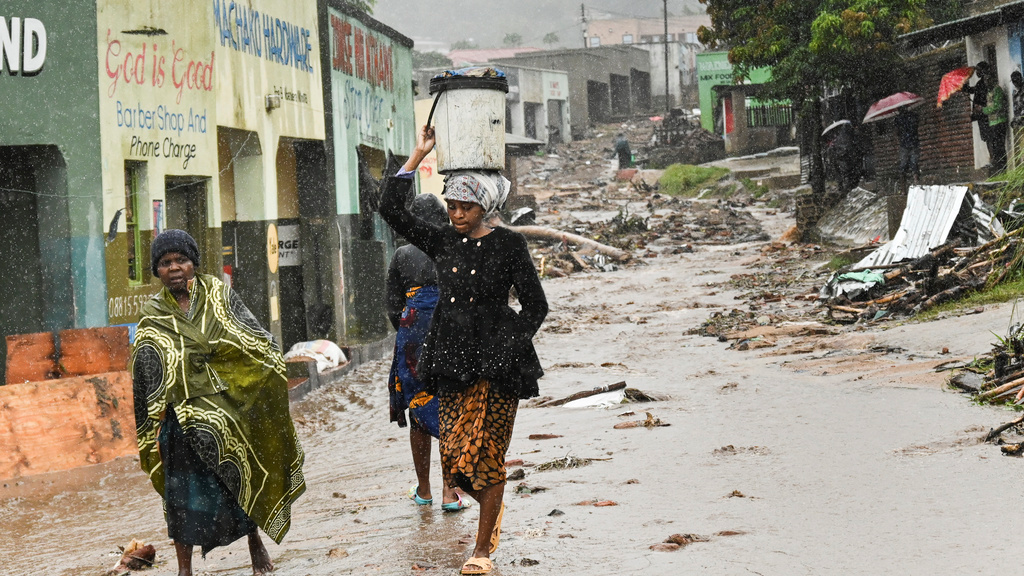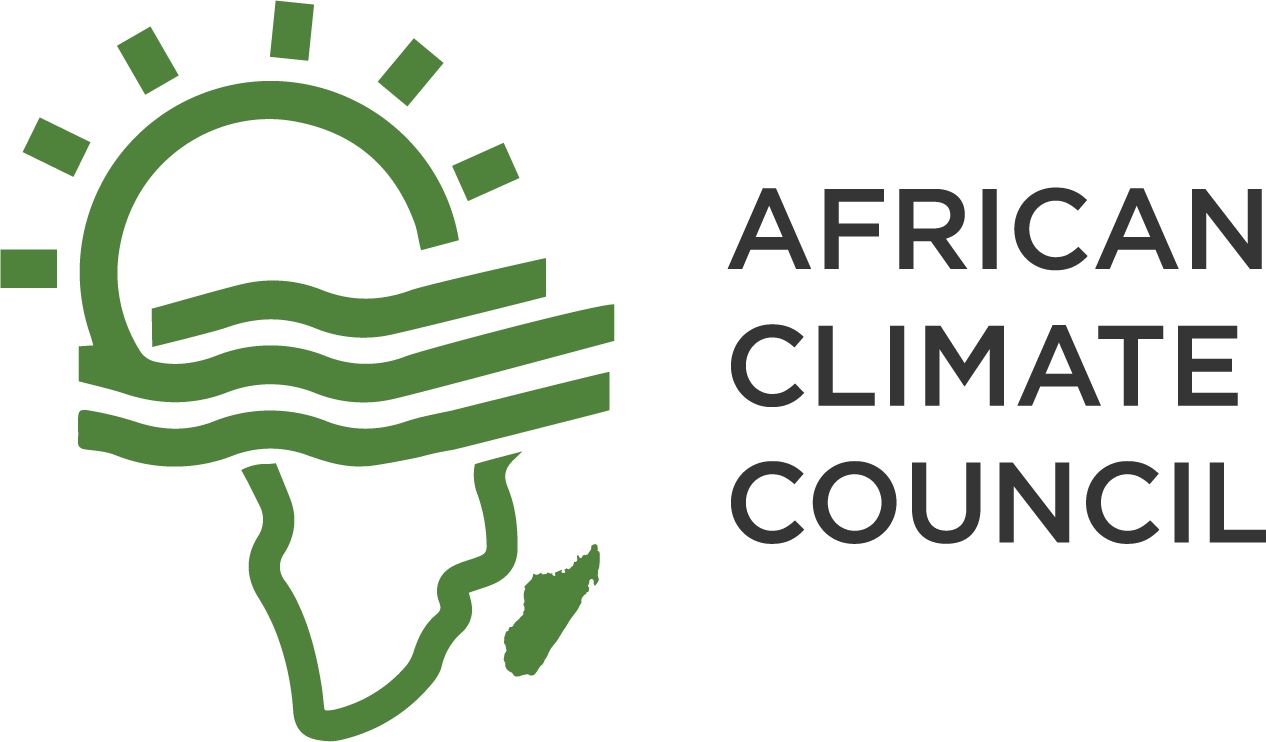
Malawi was last to be hit by what is now the longest cyclone ever recorded worldwide, lasting over five weeks. The climatic phenomena left a devastating scar, killing over 500 people and affecting over 300,000 Malawians and others across the southern Indian Ocean. Millions, including children, are at risk of contracting cholera, typhoid, and malaria, while the nation deals with the additional burden of rebuilding.
Cyclone Freddy comes at a time when African nations struggle with more climatic crises including floods, diseases, and a devastating drought in the Horn of Africa. Malawi, already threatened by cholera before Cyclone Freddy, now has more to worry about in sectors like agriculture. For instance, farming in southern Malawi has been hit by another climate disaster, deepening already troubling poverty levels in rural areas. This is after suffering from previous Cyclones, Ana, and Gombe, which were on for two months.
It’s worth noting that this is not the first cyclone Malawi is experiencing; Ana and Gombe occurred in 2019 causing loss of lives and displacements. UNEP Executive Director, Ms. Inger Andersen warns of Africa’s vulnerability to such climate changes noting that “extreme weather events such as floods, droughts, and cyclones are becoming more frequent and more intense, putting millions of people at risk.”
Malawians and African nations, in general, are at risk of these climate disasters unless drastic measures are taken to mitigate and create resilience. African governments should also invest more to land rehabilitation, as cyclone Freddy exposed. Planting more is a solid solution to the issue, helping in controlling flood situations and preceding factors like waterborne diseases. We might not control climate change, but we can prevent or reduce its damage to our continent.


Add a Comment